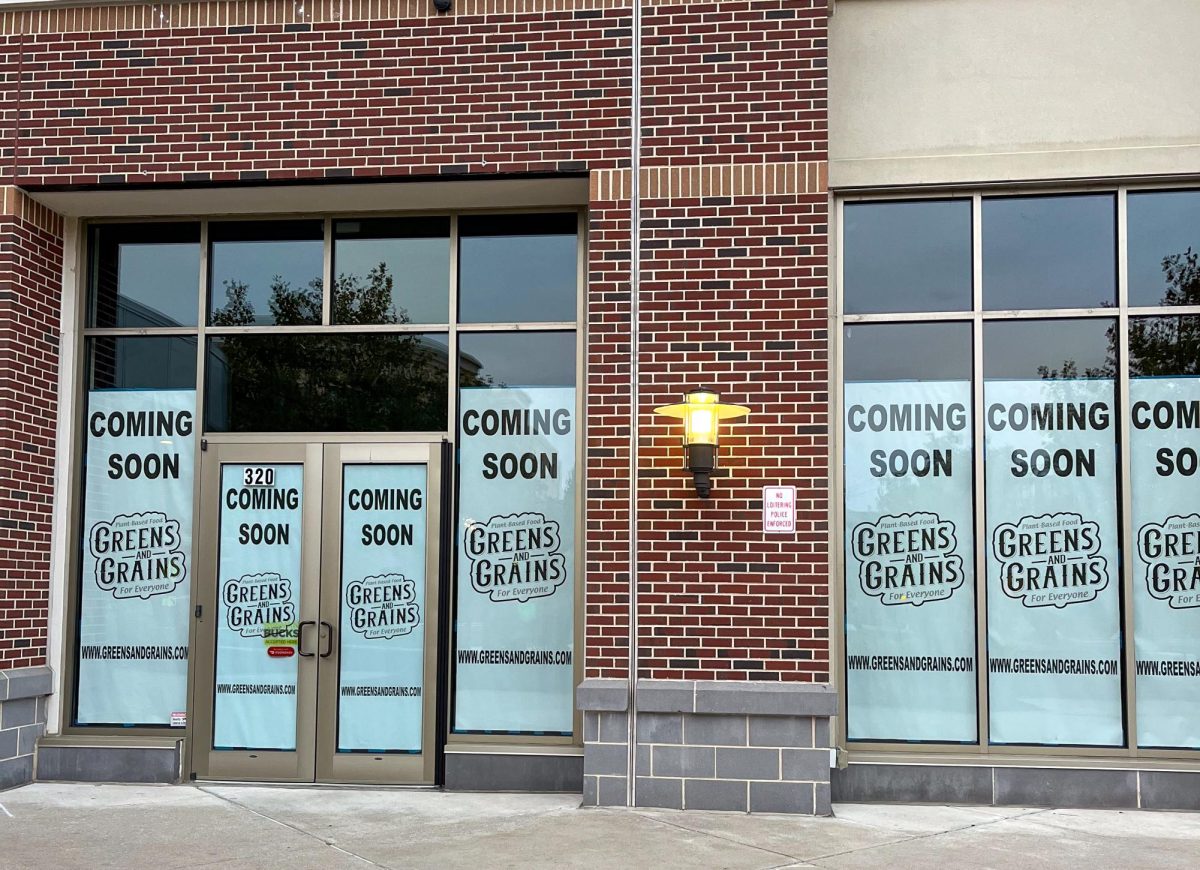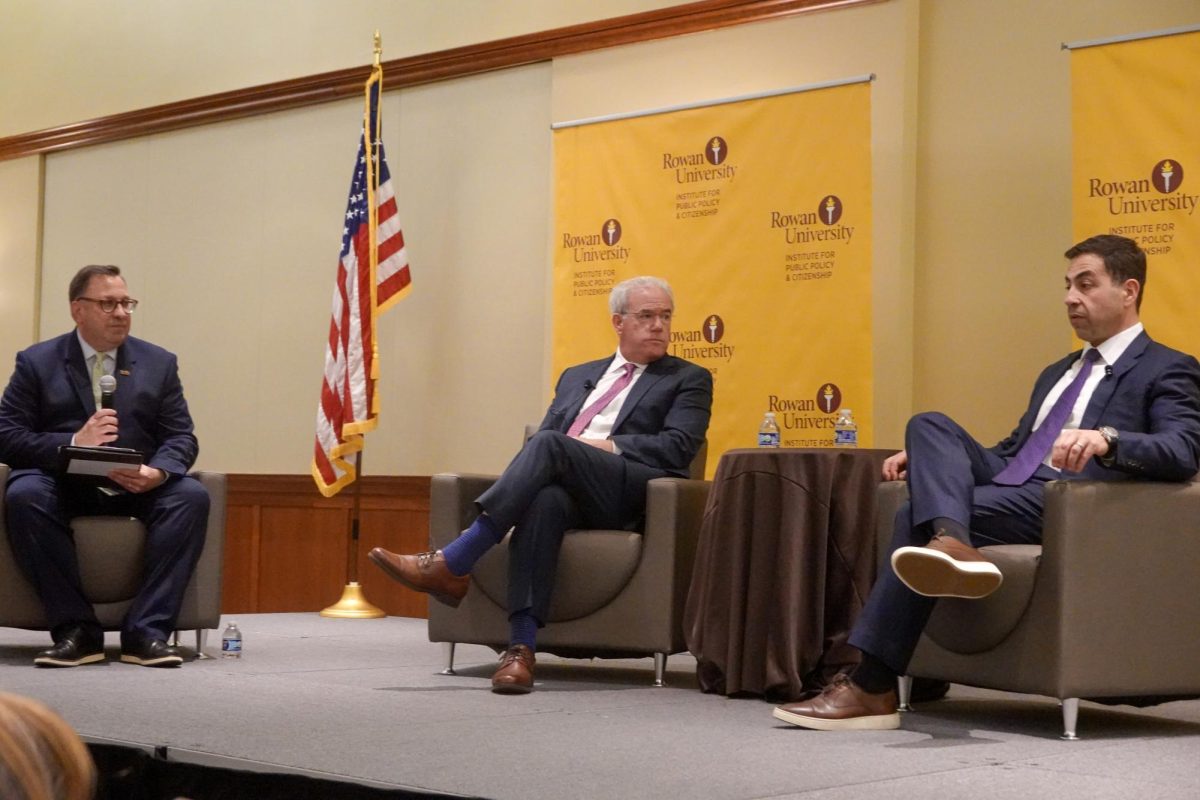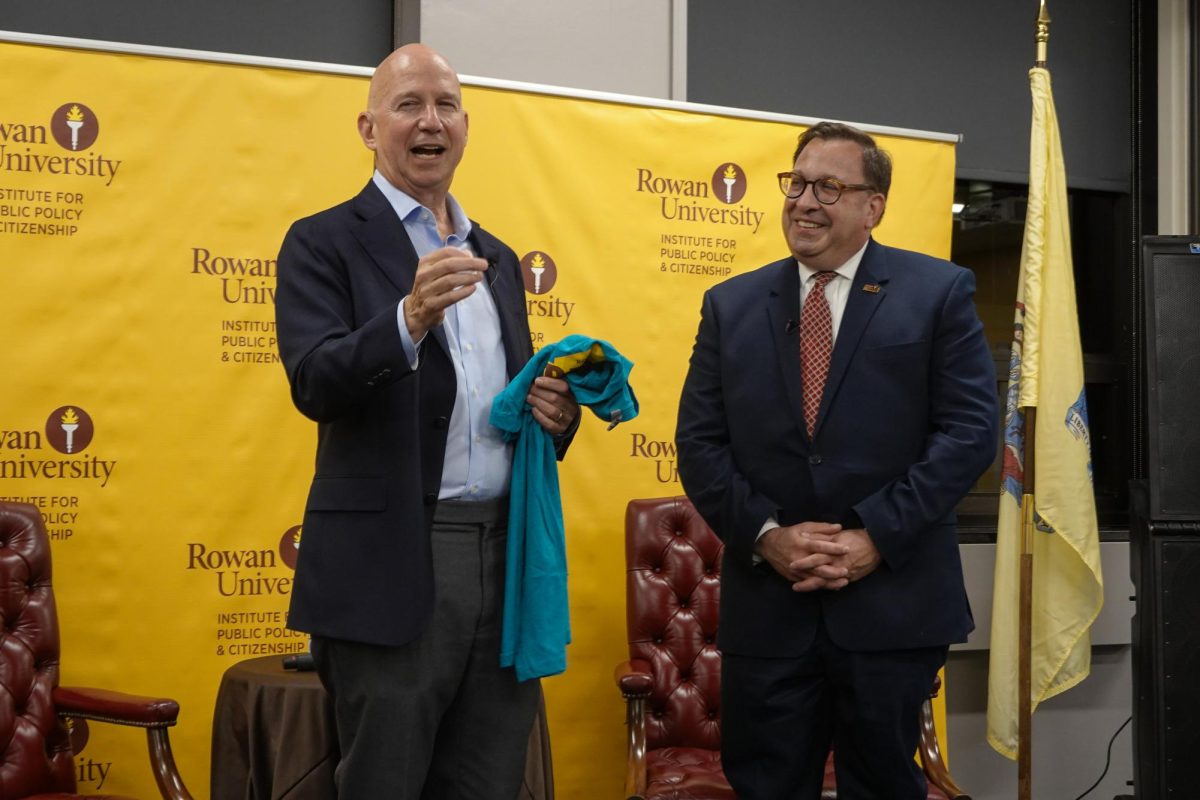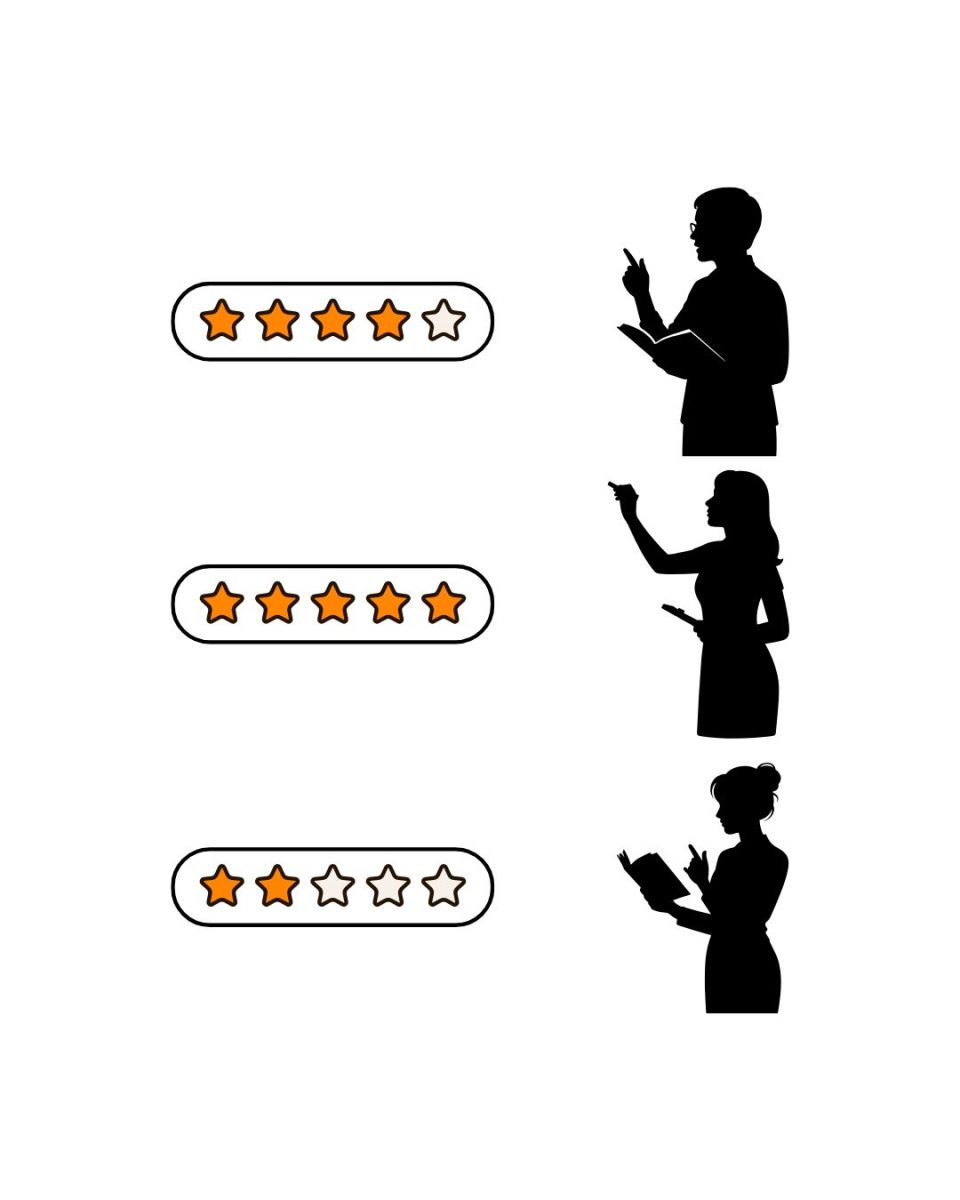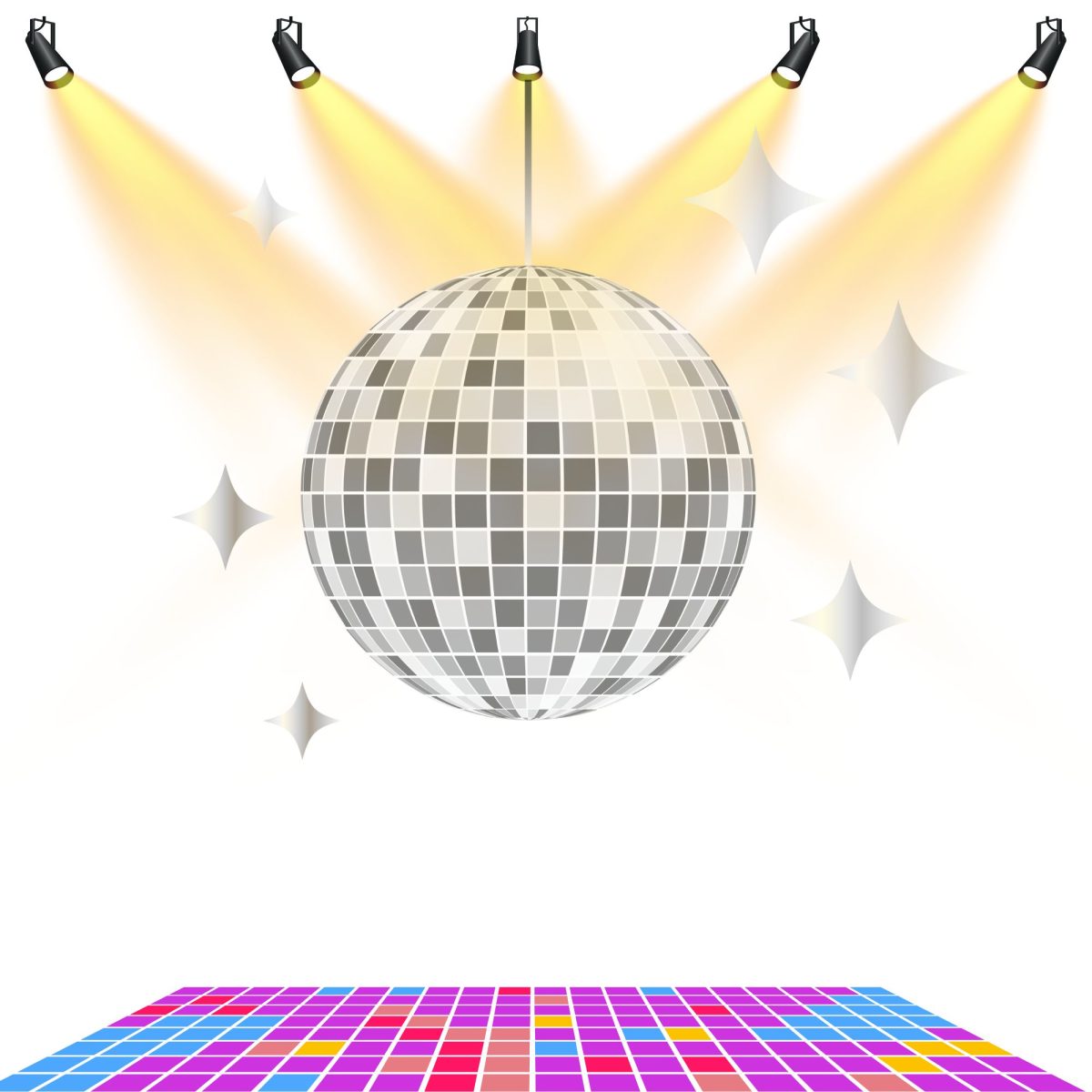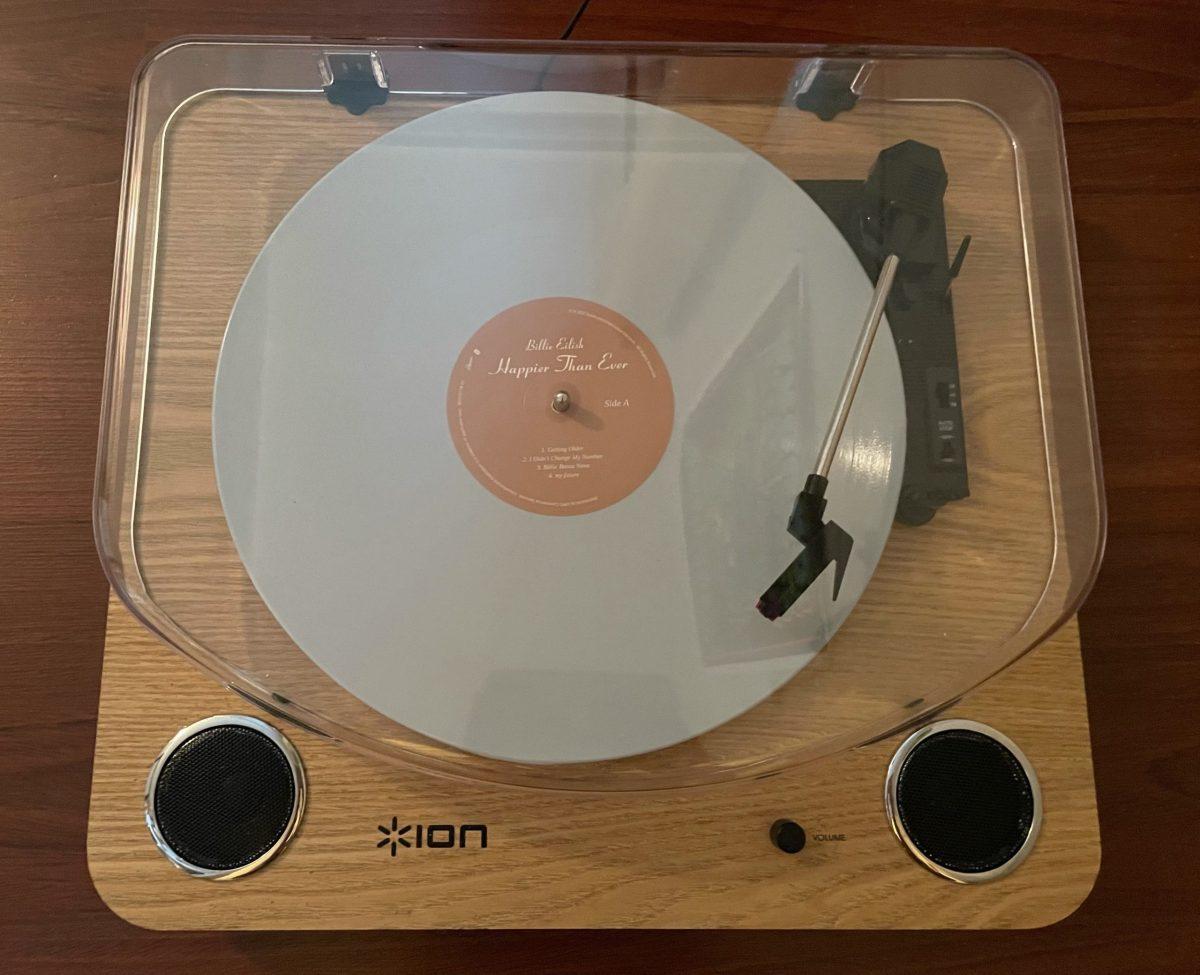In 2007, 1 million vinyl records were sold in the U.S. In 2020, that number rose to 27.5 million. In the first half of 2021, 19.2 million were sold.
After returning from the dead, this will be the 16th consecutive year that vinyl sales have grown. For the first time since CD’s came into existence, vinyl has actually surpassed the compact disc in terms of annual revenue.
So with streaming still rapidly growing, what is the driving force behind the spike in vinyl sales?
In an industry littered with marketing ploys and cheap gimmicks, vinyl records give fans an intimate connection to music. Physically going to a store to purchase an album, holding the cover art and listening to the songs in their intended order creates a deeper listening experience. The signature warm sound that a high-quality turntable produces can get any music enthusiast hooked.
Even though vinyl was popular in the 80s, its return is not caused by the adults who lived through this era, but rather by the young-adult demographic. Since young people have their music digitally, vinyl has become a novelty.
According to Pitchfork staff writer Mark Hogan, Gen Z is to thank for the boom in vinyl sales. He said, “Folks are often surprised that a lot of it is driven by younger people who don’t have any experience at all with physical music consumption.”
If you go to your local record shop, you’ll likely find a mix of new and used records. The used ones are often cheap, old and in massive excess. Although some older music gets re-released on vinyl, there is a distinct difference between records that are vintage or new.
New ones are usually between $20-$40 and often come in vibrant colors. This is the element of vinyl collecting that seems to get people hooked. Many of the discs are the color of the album cover (sometimes a pattern), maybe leading to collectors feeling the need to acquire as many colors as possible.
Some artists certainly have a stronger “vinyl game” than others. When making any purchase, customers want to feel their money is worth it, especially since vinyl has the alternative of streaming. To boost sales, some records come with a full-size poster, credits, lyrics and a colored disc. It is no coincidence that artists with high vinyl sales top the charts for album sales when vinyl is the leading revenue source. As of 2020, these sales have surpassed digital.
According to MRC Data, these were the top 10 vinyl album sales at the midway point of 2021, according to copies sold:
1. Taylor Swift, “Evermore” (143,000)
2. Harry Styles, “Fine Line” (125,000)
3. Kendrick Lamar, “Good Kid, M.A.A.D. City” (99,000)
4. Billie Eilish, “When We All Fall Asleep, Where Do We Go?” (89,000)
5. Prince and the Revolution, “Purple Rain” (Soundtrack) (86,000)
6. Michael Jackson, “Thriller” (86,000)
7. Billie Eilish, “Don’t Smile at Me” (83,000)
8. Taylor Swift, “Folklore” (82,000)
9. Queen, “Greatest Hits” (75,000)
10. Fleetwood Mac, “Rumours” (73,000)
While vinyl sales continue to exponentially grow, there aren’t any experts predicting it will dominate the way it once did. Streaming is responsible for more than 80% of the recording industry’s revenue, and that number is increasing every year. Selling vinyl can make popular artists some coin, but for undiscovered acts trying to make it, the internet is a far more cost-effective way to be noticed.
For popular musicians that care about making a connection with their most dedicated fans, selling new releases on vinyl is a profitable no-brainer. As sales continuing to skyrocket, you can expect more major acts to release their projects on vinyl.
For questions/comments about this story tweet @TheWhitOnline.





